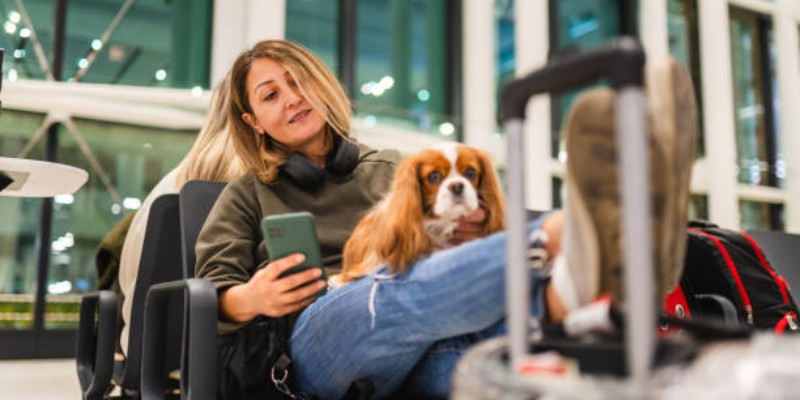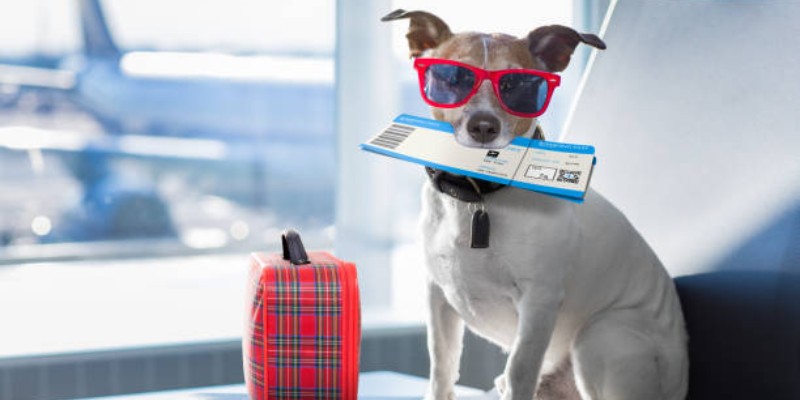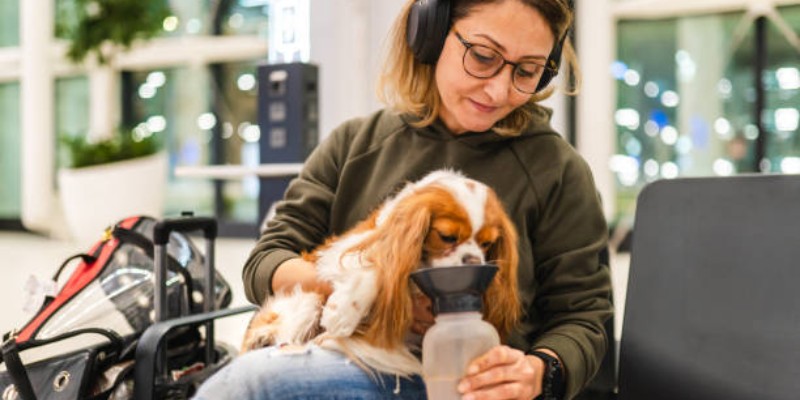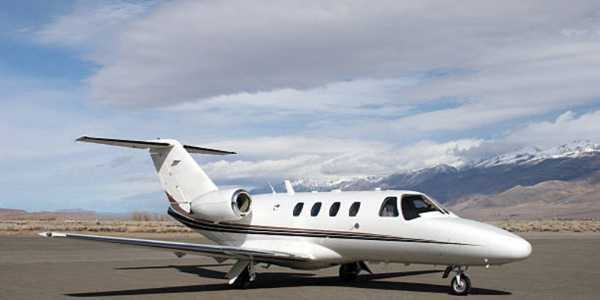Essential Tips for Traveling Internationally with Pets

Traveling abroad with a pet sounds fun, but strict rules and paperwork can cause problems if you’re unprepared. These tips will help you keep your pet safe, healthy, and calm on your international journey.
Know the Laws and Rules Before Booking a Trip
One major problem is that each country has different rules about animals. Some places do not allow certain breeds or types of pets at all. Others have a long list of shots and health checks that must be done before the animal can enter. For example, many countries need proof that the pet has had a rabies shot and a microchip. Some places even want pets to be kept in quarantine for days or weeks when they arrive.

Before picking a country to visit, always check the government rules on animals. The USDA Animal and Plant Health Inspection Service explains what documents and shots are needed for pets leaving the United States. Airlines also have special rules for animals. Some only allow pets in the cabin if they fit under the seat in front. Bigger animals may need to travel as cargo, which has its own steps and fees.
Schedule a Vet Visit and Get All Health Papers Ready
Traveling pets need a vet check before flying. This is not just to make sure the animal is healthy but also to get needed papers. Many countries need a health certificate from a licensed vet. This must be done within a set time before the trip, often 10 days or less. The vet may also suggest extra shots or tests for diseases found in other parts of the world.
Pet owners must bring copies of the health certificate, vaccination record, and proof of microchip. Keep extra copies in different bags in case some get lost. This paperwork will be checked by customs officers at the border. Missing documents can mean the pet is not allowed in or must stay in quarantine, which is expensive and stressful for the animal.
Book the Right Flight for Pet Safety
Travelers should pick direct flights when possible. Every stop or layover can raise the risk of problems for animals. A long wait on the tarmac or missed connection is not safe for pets. Direct flights cut down on the time pets spend in carriers or cargo.
When booking, talk to the airline about their pet rules. Some airlines have special services for animals in cargo, like temperature control and gentle handling. Look for airlines that have good reviews for pet safety and comfort. Groups like the International Air Transport Association share rules for moving live animals, which many good airlines follow.

Choose the Best Travel Crate for Long Trips
The right crate is key for pet travel. It should be big enough for the pet to stand, turn, and lie down. Strong crates with metal doors and good locks are best. Many airlines have crate rules that must be followed. Inside the crate, place a blanket or soft pad that smells like home. This helps calm the pet.
Label the crate clearly with the pet’s name, the owner’s name, and phone number. Add arrows to show which side is up and tape a bag of food to the outside in case of delays. Pets must also have water. Use a spill-proof bowl or bottle that the pet can reach easily.
Help Pets Stay Calm Before and During Travel
Traveling can be scary for pets. Some animals feel stress when in a new place or hearing loud sounds at the airport. To help, owners can get the pet used to the crate weeks before travel. Put the pet in the crate for short times at home so they feel safe inside it.
Some vets may suggest calming sprays or special toys. Never give pets any pills or medicine for sleep unless a vet says so. Some drugs can make travel more dangerous by slowing breathing. Also, feed pets a light meal a few hours before travel to avoid stomach problems.
Plan for Arrival: Customs and Local Laws
Landing in a new country is not the end of the trip. Customs officers will check the pet and its papers. Be ready to answer questions and show documents fast. If the country needs quarantine, owners must know where the pet will stay and for how long. This can be costly, so plan ahead.
Check local rules about walking pets, using leashes, and cleaning up waste. Some places have breed bans or rules for muzzles. In many cities, hotels do not accept animals. Find out about pet-friendly lodging before leaving home. Good planning keeps pets safe and avoids big fines or trouble with the law.

Think About Pet Insurance and Emergency Care
No one wants an emergency on vacation, but it happens. Some travelers get pet insurance for trips abroad. This can cover surprise vet bills if the pet gets sick or hurt. It may also help pay for lost papers or quarantine costs.
Always look up local vets at the destination. Some websites list trusted animal hospitals worldwide. For example, the World Small Animal Veterinary Association offers global links to pet care information. Save the address and phone number of a local vet in case of problems.
Make Traveling a Good Memory for Pets and Owners
Bringing a pet on an international trip takes effort, but the right steps make it easier. Check all rules for both the country and the airline. Get the pet used to the crate and keep them calm. Bring the right papers, plan the best route, and know who to call in an emergency. Animals are family for many people. Keeping them safe and comfortable should always come first.









